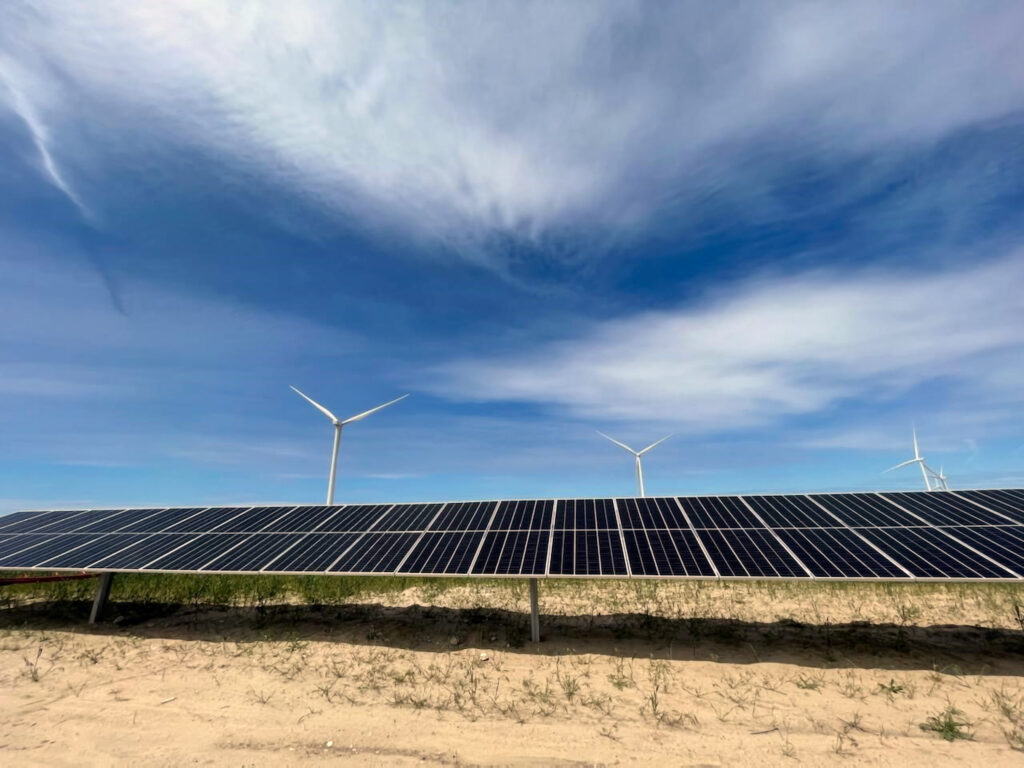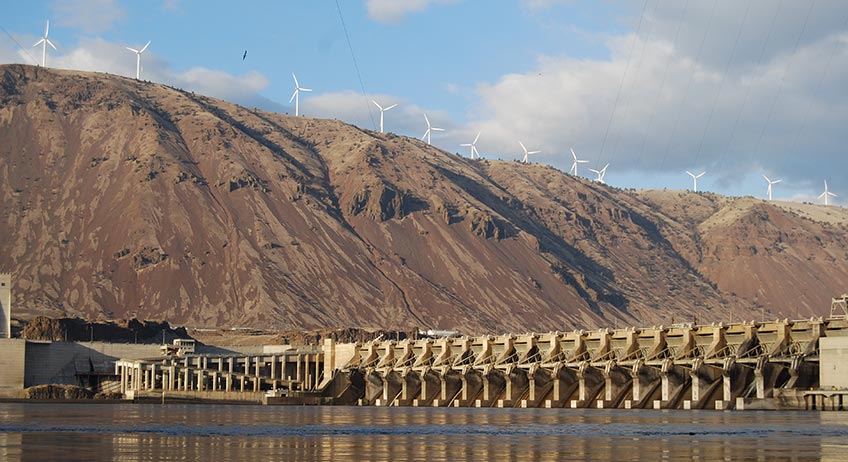
There are several developing hybrid wind projects in South America aiming to diversify the energy mix. These projects combine wind power and other energy sources like solar and hydropower. They create a reliable and more efficient energy systems and improves grid stability. Hybrid wind energy projects provide an opportunity for South America to enhance its renewable energy capacity. This is from the vast natural and renewable resources in the region. Utilizing these projects could promote the region’s decarbonization goals and transition to clean energy. For instance, StatKraft company recently announced the development of 14 wind farms in Brazil. Each of these wind farms has a capacity of 5.7 MW power generation. Examples of wind farms in South America include the Guajira and Lagoa dos Ventos wind farms.
Key drivers of hybrid wind projects in South America
Hybrid projects help to address the intermittent nature of renewable energy sources. South America is seeing a gradual increase in hybrid wind projects in countries like Brazil and Chile. These projects use the abundant wind and solar resources in the region. Development of these projects aim to provide consistent energy to the grid and support the growing renewable sector. Integration of these renewable sources is crucial for grid stability and energy security. They help in reducing dependence on fossil fuels and the levelized cost of energy. These projects are well-suited for remote and off grid areas in South America.
Opportunities for wind project in South America
Hybrid wind projects in South America present a range of opportunities in alignment with the goals for energy security. The demand for these projects is from the region’s abundant natural resources, commitment to renewable energy and need for economic growth. The projects can also lead the global transition to a sustainable energy future. This is while reaping the economic, social and environmental benefits from it. The following are the key opportunities for hybrid projects in South America.

- Renewable energy potential – South America has plenty of wind and solar resources. This is in regions like Patagonia, the Andes and Atacama Desert. It also provides the opportunity to combine wind and hydropower to smooth out fluctuations in energy production.
- Energy security and resilience – hybrid wind projects can reduce reliance on imported fuels. This is beneficial for countries aiming to improve their energy independence. They also provide reliable energy to remote or off grid areas.
- Economic growth and job creation – the development of hybrid wind projects can stimulate local economies. This is by job creation in manufacturing, installation, operation and maintenance. The combination of wind with other energy sources could attract both domestic and international investment.
- Lowering energy costs – these projects can achieve economies of scale by sharing infrastructure. This includes grid connections and transmission lines between wind and other energy sources. The projects can maximize the use of transmission networks and reduce the need for new investments.
- Improving grid stability and flexibility – wind and solar power can balance these fluctuations. This is by providing a more stable energy supply. Integration both battery storage can also enhance the grid stability.
- Environmental and social benefits – hybrid projects can reduce the environmental footprint of energy production. This is by reducing land use and preserving ecosystems. They also provide access to reliable and affordable energy which drives social development.
Challenges facing the wind projects in South America
These projects provide several benefits to the energy infrastructure in South America. This is including energy security, reduced carbon emissions and grid stability. They however face several challenges that can hinder their development and deployment. Companies, stakeholders and investors should analyze and address these challenges to enhance their performance. Addressing these challenges needs coordinated efforts from governments, private sectors and local communities. The following are the various challenges facing hybrid wind projects.

- Technical and infrastructure challenges – integrating hybrid systems into existing grids can be a challenge. The grids should have the capacity to handle variable renewable energy sources. This challenge can lead to stability issues and increased costs for grid upgrades. Current storage technologies are expensive and may have limited capacity.
- Economic and financial challenges – the upfront capital costs for hybrid wind projects are relatively high. Securing the financing for these projects can be difficult especially in countries with limited access to affordable credit.
- Regulatory and policy barriers – inconsistent policies, unclear regulations and bureaucratic red tape can delay project approvals and increase costs.
